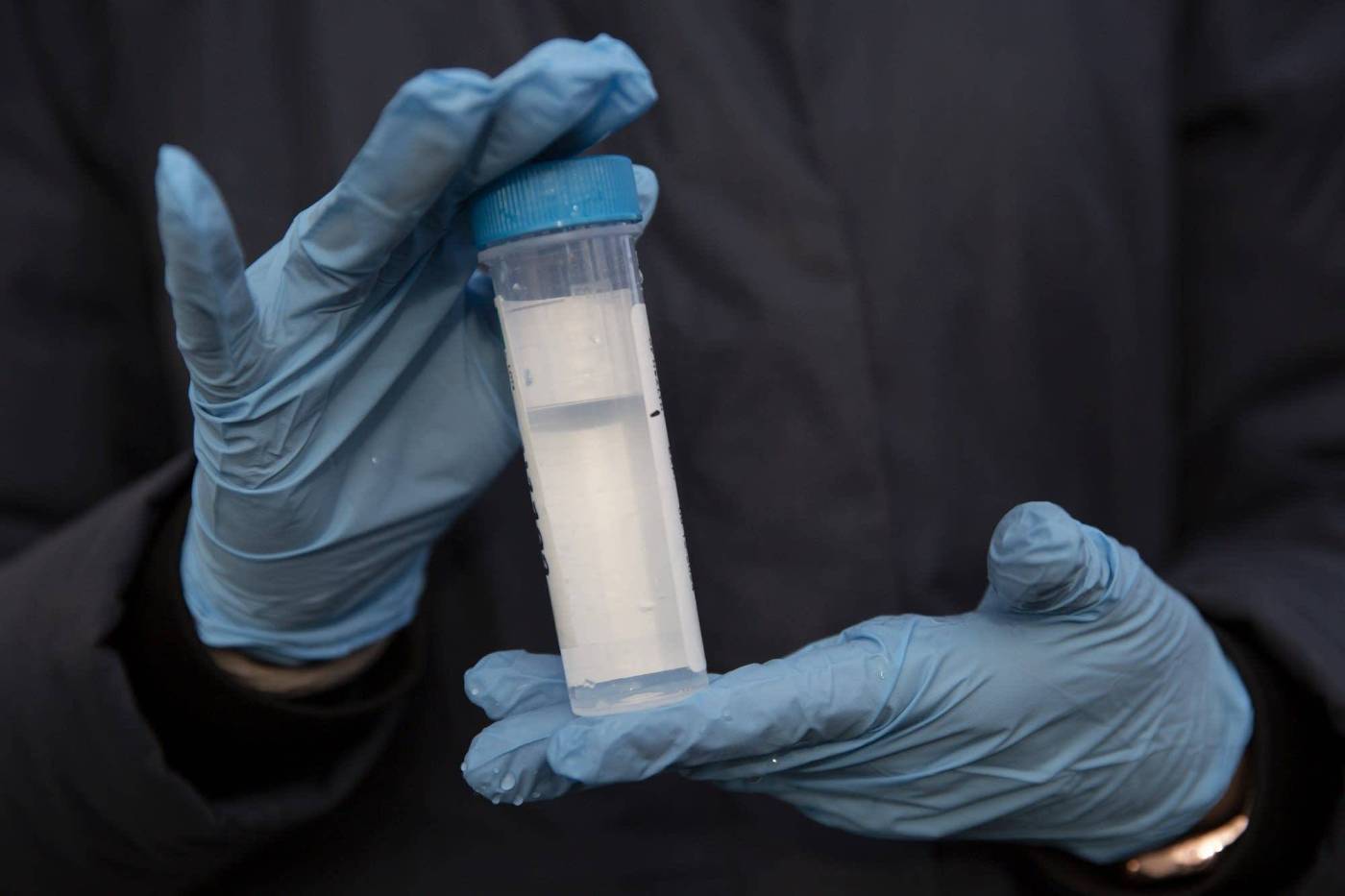
More than 145,000 in east metro have unsafe levels of PFAs, or ‘forever chemicals,’ in water
Drinking water for a significant number of people in the east Twin Cities metro does not comply with new federal guidelines on levels of so-called “forever chemicals,” human-made substances that have been linked to some cancers and other diseases.
Minnesota health officials on Wednesday said more than 300,000 people across Minnesota have unsafe levels of per- and polyfluoroalkyl substances, also known as PFAS, in their water systems under new standards from the Environmental Protection Administration.
A total of 22 systems have unsafe levels of contamination, and 10 of them are in the Twin Cities Metro area, according to the Minnesota Department of Health. Most are in the eastern part of the metro, where 3M manufactured the substances for use in products ranging from nonstick cookware to firefighting foam.
East metro city water systems affected include Hastings, Lake Elmo, Newport, Stillwater, South St. Paul and Woodbury. The Hastings Veterans Home and Cimmaron Park, a mobile home park in Lake Elmo, also have unsafe levels of PFAS, under the new EPA standards. Around 145,000 people are served by those water systems, according to state health department data.
Other Twin Cities water systems affected include Brooklyn Center and Mobile Manor, a mobile home park in Shakopee. Those account for a little over 90,000 people.
Outside the Twin Cities area, unsafe contamination can be found in Minnesota communities including Alexandria, Cloquet, Princeton, Sauk Rapids, and Waite Park.
New federal rules
As the EPA announced the adoption of new rules on PFAS on Wednesday, the Biden Administration said it’s providing about $1 billion nationally to help with the effort to mitigate them, a move the White House said could protect around 100 million people from the chemicals. About $15 million of the funding is going to Minnesota.
In a joint statement Wednesday, the state health department and the Minnesota Pollution Control Agency welcomed the new rules and noted Minnesota has already been working to identify and clean contaminated water sources.
“While communities have up to five years to come into compliance, we will continue to partner with drinking water systems around the state to provide guidance on how they can ensure safe drinking water for their residents,” the statement from the agencies said.
Still, even with a head start on the problem, MPCA Commissioner Katrina Kessler said Minnesota will need more funding to fix the issue.
PFAS are a group of thousands of chemicals used for their nonstick and water-resistant properties, whose use was pioneered by Maplewood-based 3M. They are used in a wide variety of products and are known as “forever chemicals” because they don’t break down in the environment and can accumulate in the tissues of living things.
Over recent decades, peer-reviewed studies have shown that exposure to PFAS could be linked to a heightened risk of certain cancers, decreased fertility, high blood pressure in pregnant women, low birth weights and hormonal interference.
New EPA rules on the substances mean any water source that has more than 4 parts per trillion of two common varieties of the substance, PFOA and PFOS, is considered unsafe for drinking. There are limits on several other types as well.
Health officials say exposure doesn’t guarantee a person will develop disease, but the risk is heightened by any exposure level above EPA guidelines. The problem is the chemicals accumulate over time, researchers say.
Legislature ban
Minnesota was one of the earliest states to take action on the substances, and last year the Legislature passed a ban on the substance from products like carpets, cleaning products, cookware, cosmetics, dental floss, toys and even ski wax. Firefighting chemicals, such as foams used at airports, will had exemptions.
Lawmakers named the expanded ban after Amara Strande, a 20-year-old Minnesota woman who died in 2023 after a five-year battle with a rare and aggressive cancer she said was tied to PFAS.
Strande, a graduate of Tartan High School in the east metro suburb of Oakdale, grew up in an area heavily contaminated with the chemicals due to dumping by 3M.
At a Wednesday news conference announcing the new rules and their effects on Minnesota, Strande’s sister, Nora Strande, said the money and effort put toward eliminating PFAS pollution could save lives in the future.
“This cost is nothing compared to the cost of having a sick family member,” she said. “Thanks to having a PFAS drinking water standard today, millions of people will not have to pay the high costs my family has both in money, but also in life.”
Hastings contamination
The city of Hastings was informed Wednesday that five of its six municipal wells are now above the allowable drinking water standards for PFAS due to new limits.
The new maximum contaminant levels for PFAS, also known as “forever chemicals,” is 4 parts per trillion, putting many east metro wells over the threshold.
The level of contaminants present in city wells has not changed, the city said in a news release.
“This is not an emergency. You do not need an alternative source of water, nor do you need to boil water before use,” the release stated.
Hastings has been working with state agencies since late 2022 to identify where the chemicals are coming from and how to mitigate them.
An Environmental Site Assessment was conducted, as part of phase one, and identified potential source locations for PFAS. Phase two of the ESA is now being conducted by the Minnesota Pollution Control Agency to narrow down the source locations.
The MPCA also is working with 3M to understand the connection with groundwater at the Mississippi River, which could allow Hastings to access the 3M East Metro Settlement Funding, according to the city news release.
A feasibility study was also done to address PFAS and Nitrate contaminations and it recommended the construction of three water treatment plants, the first of which is currently in design, according to city officials.
The expected cost for the three treatment plants is $68.9 million. The city is still working to secure funding for the three treatment plants, which are each expected to take a year to construct.
Related Articles
Why is the EPA regulating PFAS and what are these ‘forever chemicals’?
Biden administration sets first-ever limits on ‘forever chemicals’ in drinking water
New DNA analysis underscores peril facing Minnesota’s state bee
Minnesota House OKs election bill allowing lawsuits over discrimination
US Postal Service seeking to hike cost of first-class stamp to 73 cents


